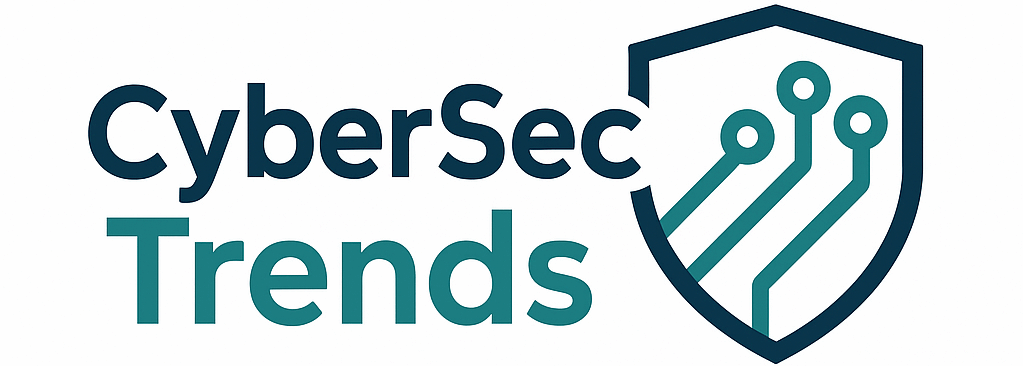Agentic Era – RSAC 2025
At RSAC 2025, one thing is crystal clear: AI agents aren’t just hype—they’re reshaping the security world. Everywhere you looked, vendors were either hardening AI systems against adversaries or embedding smart assistants directly into their security toolkits. Here’s a take on what went down, split into the two big themes:
1. Securing the Agents Themselves
As organizations roll out more AI-powered workflows, attackers are zeroing in on the agents. To lock that door, several companies unveiled new capabilities to secure agents:
- Wallarm’s Agentic AI Protection now discovers every AI-API endpoint in your environment, watches for strange prompts or payloads, and blocks anything that smells like a jailbreak or logic abuse—right in real time.
- Protect AI (soon part of Palo Alto’s Prisma AIRS) brings model-scanning, adversarial red-teaming, and runtime checks so you can spot poisoned data or prompt tampering before it corrupts your outputs.
- The OWASP Gen AI Security Project rolled out fresh guidelines for plugging gaps in generative-AI integrations—think best practices for sanitizing user input and locking down model prompts.
- Microsoft Defender for AI is gearing up to flag the top generative-AI risks—everything from indirect prompt injection to accidental data leaks—across Azure, AWS, and GCP.
2. Agents Helping Security Teams
On the flip side, plenty of vendors announced AI assistants that make your SOC run like a well-oiled machine:
- Google Cloud SecOps Agents (in preview) can draft playbooks, triage alerts, engineer new detections, and even analyze malware—all with minimal human hand-holding.
- Microsoft Security Copilot Agents offer specialized bots for vulnerability prioritization, conditional-access tuning, and threat-intel briefings—you just click “run” and let them handle the heavy lifting.
- CrowdStrike’s Charlotte AI workflows let you string together investigative queries and automated response steps with drag-and-drop ease—so your hunters can focus on the trickiest cases.
- IBM ATOM (Autonomous Threat Operations Machine) ties together dozens of intelligence feeds and dispatches AI agents that triage, investigate, and even suggest remediations on their own.
- Cisco XDR 2.0 now includes autonomous probe agents that correlate alerts across network and endpoint sensors, recommend next actions, and can even kick off containment moves without waiting on a ticket.
By handing routine but time-consuming tasks over to smart assistants, these solutions let security pros concentrate on what really matters: cutting through the noise, responding faster, and staying one step ahead of attackers.
Why This Matters
We’ve entered an era where AI agents are both your frontline defenders and attractive targets for attackers. Locking down those agents isn’t just about preserving model integrity—it’s about keeping your applications and data safe. At the same time, embedding agents directly into your SecOps stack empowers your team to cut through alert noise, respond faster, and stay one step ahead of real threats.
AI agents aren’t just the future of SecOps—they’re the here and now.

